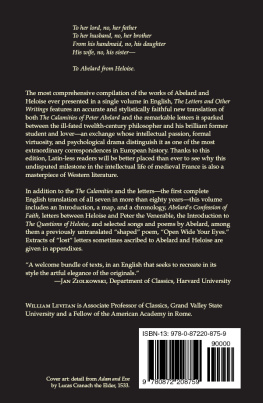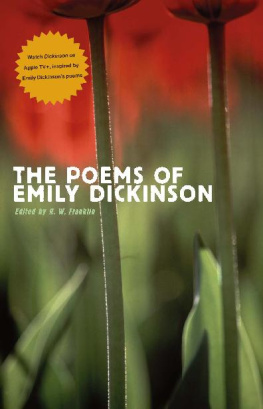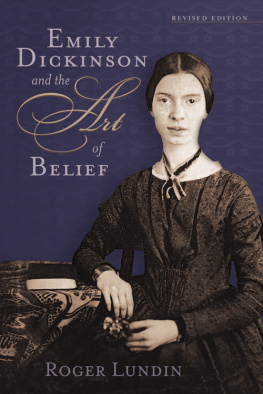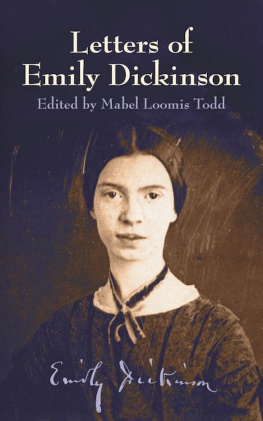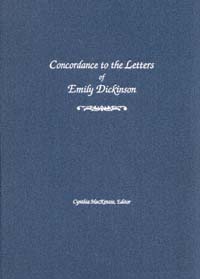| Concordance to the Letters of Emily Dickinson is based on the three-volume Johnson edition of the letters published by Belknap Press in both 1958 and 1965 as well as the 1998 one-volume edition. Eagerly anticipated by Dickinson scholars, it will fulfill a significant gap as a valuable resource for Dickinson studies. The primary importance of the concordance pertains to the poetic quality of the letters themselves. As editor of both the poems and letters, T.H. Johnson recognizes the link between the two genres when he writes in the introduction to the three-volume 1958 edition: "the letters both in style and rhythm begin to take on qualities that are so nearly the quality of her poems as on occasion to leave the reader in doubt where the letter leaves off and the poems begin" (Ixv). |
| The link between the letters and the poems makes the typical concordance search for the poet's thematically significant words, biographical references, and biblical references particularly relevant. By listing Dickinson's words together with their contexts and frequencies, the concordance provides the scholar with the ability to answer confidentally questions of a stastistical or stylistic nature. Obscure meanings of Dickinson's words or images in the poetry can be illuminated by her use of them in the letters. Thematic, generic and stylistic affinities between the poems and letters, as well as a chronology of language usage patterns may now be attempted. Even the dating of the poems can be made more accurately as the date frequently depends on the letters which either accompanied or were included the poems. More importantly, the concordance will facilitate an exploration of the way in which Dickinson worked out the principles of her poetics as the letters operate as a supplement to what is obliquely stated in the poems. Tracing Dickinson's thoughts through her correspondence complements the thoughts within her poetry and provides a more comprehensive insight into the poet's personal and artistic development. |
| One of the most important functions of this concordance is to provide scholar, student, and general reader alike with endless opportunities to make exciting and unexpected "discoveries" by way of browsing. The abundant usages that the concordance will undoubtedly stimulate rests assuredly in the creative imaginations of the poet's many readers and critics. |
| The classification system is easy to use. Each headword, along with its frequency, appears in bold print under which all entries of that word appear followed by their context. Entries are arranged chronologically and are identified by year; Johnson letter number; volume number 1, 2, or 3 (where applicable); page and line number; in that order. The lines of the letter are determined from the top of the page and from the beginning of a letter. That is, if a letter spans pages, the first line on the second page will also be number one. Correspondence sent to Dickinson is included and identified in the index by the number plus an alphabetical tag. For example, the famous reply to letter 238 concerning the poem "Safe in their Alabaster Chambers" from Susan Gilbert is entered as 238a. Should there be any subsequent correspondence, it would be entered as 238b, 238c, etc. The letters that T. W. Higginson wrote to his wife following his visit with the poet are also included and identified in the same way as a reply; that is, 342a, 342b). The two-column format allows us to include the maximum amount of text possible, although, unfortunately, the magnitude of the concorded material necessitates many exclusions These words are conveniently listed with frequencies at the back of the concordance. The prose fragments included in the Johnson letters at the end of volume III (unless you are using the one-volume edition), are not included. Due to limitations on the already mammoth size of the concordance, these were excluded because I felt that words were relatively easy to find in the eighteen pages that make up their entirety. In the future, the publication of a complete text in CD-rom version by this Press will address these limitations. |
|


